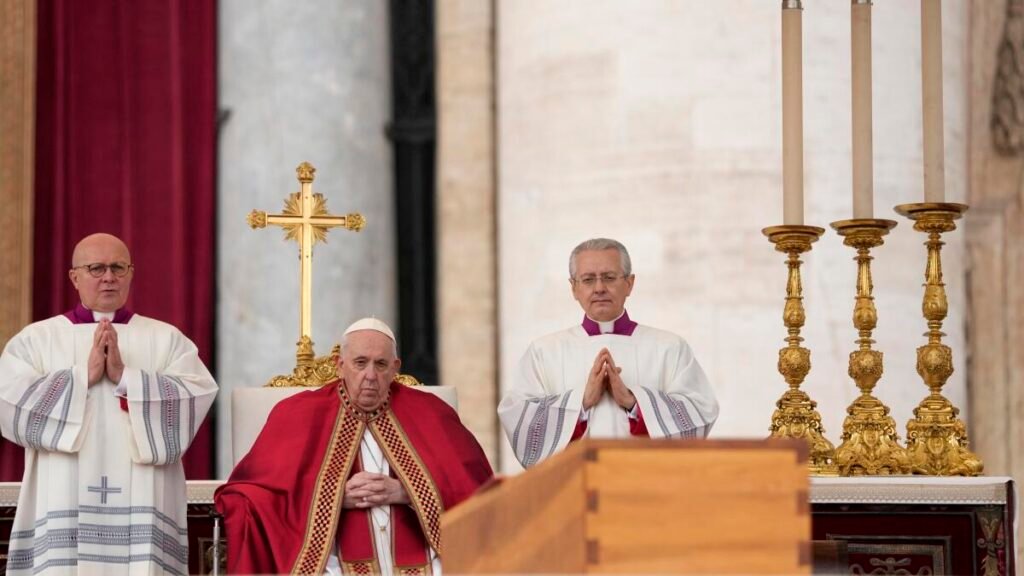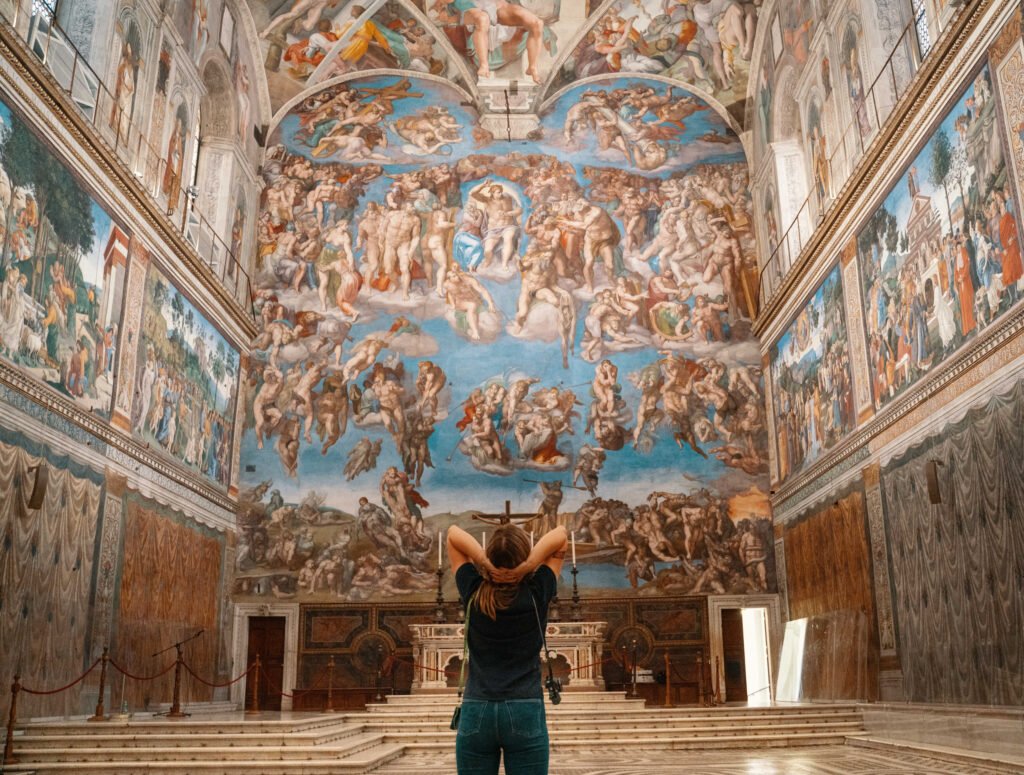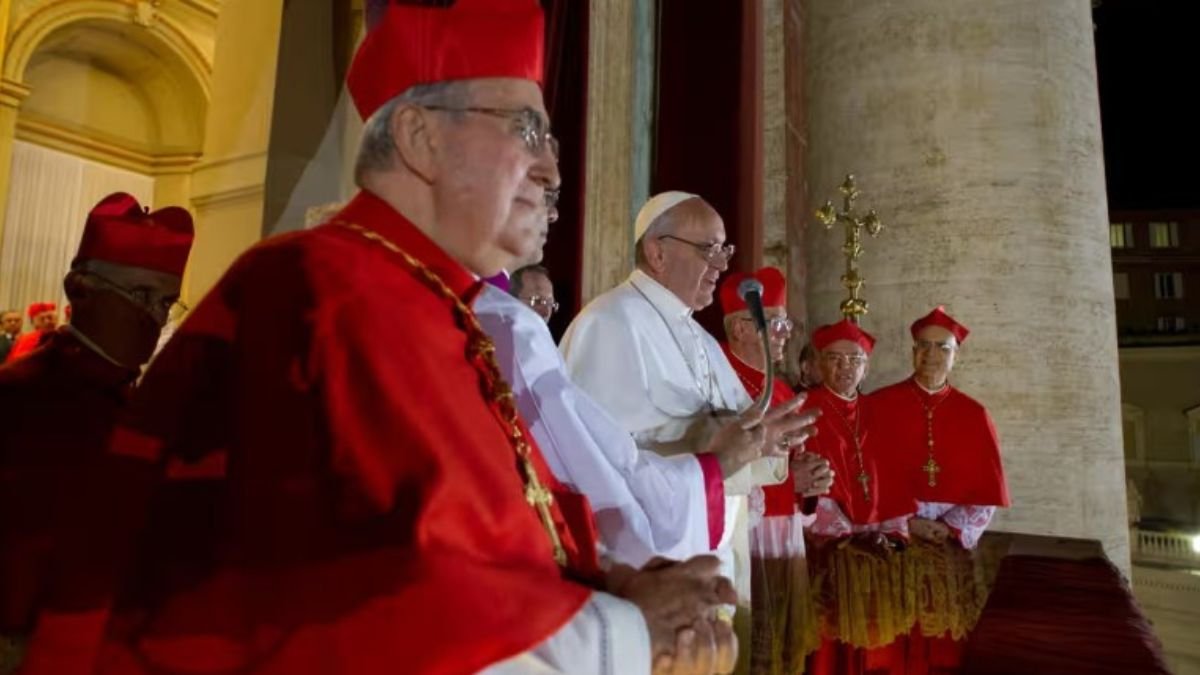As the Catholic world prepares for a monumental transition, the faithful’s eyes turn toward Rome. In the coming days, the College of Cardinals will convene for the conclave, a solemn and highly secretive ceremony that will determine the next leader of the Catholic Church. Rooted in centuries-old tradition, the conclave is a rare and deeply symbolic event shrouded in ritual, prayer, and an unwavering commitment to confidentiality.
What Is the Conclave, and Who Participates?
The term conclave originates from the Latin words cum clave, meaning “with a key”—a nod to the locked doors behind which this sacred process takes place. While the Catholic Church has over 250 cardinals from more than 90 nations, only about 135 can vote in the conclave. Cardinals over the age of 80 are excluded, ensuring that the electors are active participants in the Church’s current mission.
Pope Francis, over his decade-long papacy, has appointed nearly 110 of these cardinal electors, many of whom embody his progressive vision for a more inclusive and globally representative Church.
From Mourning to Decision: How the Conclave Begins

The process begins roughly two to three weeks after the death or resignation of a pope. The cardinal electors begin arriving in Vatican City, where they reside in the Domus Sanctae Marthae, a purpose-built residence adjacent to the Sistine Chapel. This is the same humble guesthouse where Pope Francis has lived since his election in 2013.
Before deliberations commence, the cardinals attend a special Mass known as Pro Eligendo Romano Pontifice—for the election of the Roman Pontiff. This Mass sets the tone for the conclave, emphasizing spiritual reflection over political maneuvering.
Once inside the Sistine Chapel—beneath Michelangelo’s breathtaking ceiling—security protocols are intensified. After the words extra omnes (“everyone out”) are proclaimed, all non-essential personnel exit. The chapel is then locked, phones are confiscated, and all communication with the outside world ceases.
Total Secrecy in the Sistine Chapel
The integrity of the conclave hinges on absolute confidentiality. Cardinals take a binding oath to maintain secrecy, and the Vatican takes extensive precautions to prevent any breach. Surveillance sweeps are conducted to eliminate recording devices or bugs. No newspapers, television, or messages are allowed, ensuring that every elector is fully immersed in the solemn responsibility before them.

Despite the gravity of the occasion, the conclave is not without its share of human dynamics. Factions within the Church often align behind preferred candidates, making persuasion and coalition-building an unspoken part of the process. Still, the overriding tone remains one of prayer and discernment.
The Voting Process: Ritual and Symbolism
Each voting round begins with cardinals writing their choice on a ballot inscribed with the Latin phrase eligo in summum pontificem—”I elect as Supreme Pontiff.” The folded ballot is then placed into a chalice atop an urn. A tallying process follows, ensuring that the sacred two-thirds majority requirement is met.
The conclave allows up to four votes per day—two in the morning and two in the afternoon. After every seven ballots, the cardinals pause for a day of reflection and prayer. This rhythm ensures that decisions are not rushed and that divine inspiration remains at the heart of the process.
Once the votes are counted, the ballots are burned in a special stove. Chemicals are added to the fire to produce either black or white smoke. Black smoke signals an inconclusive vote; white smoke tells the world a new pope has been chosen.
A New Pope Emerges
Once a candidate secures the required majority, he is asked a simple but profound question: “Do you accept your canonical election as Supreme Pontiff?” If he accepts, the next step is choosing a papal name—a decision often rich with symbolic meaning.
The new pope is then escorted to the Room of Tears, where he is vested in one of three pre-tailored cassocks, ready for his first public appearance. As tradition dictates, the dean of the College of Cardinals steps out onto the balcony of St. Peter’s Basilica to deliver the iconic message: “Annuntio vobis gaudium magnum: Habemus papam”—“I announce to you with great joy: We have a pope.”
Moments later, the newly elected pontiff appears before a sea of pilgrims and cameras, offering his first blessing as the Vicar of Christ.
The Conclave in a Modern World
Even as the Catholic Church evolves to meet the challenges of a changing world, the conclave remains a powerful reminder of its spiritual roots. It is one of the few global processes still governed by ritual, mystery, and a commitment to prayerful decision-making.
While speculation always swirls around likely candidates and Church politics, the conclave stands as a symbol of unity and continuity in a faith with more than a billion followers worldwide.
As the cardinals prepare to enter the Sistine Chapel once again, the world will watch for that wisp of white smoke, signaling the dawn of a new papacy.
